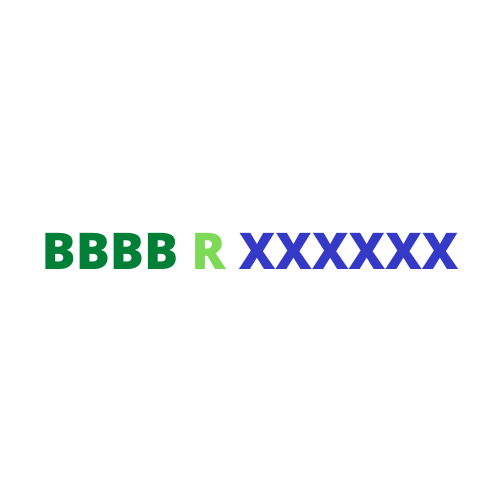IFSC Codes of all banks in pune, maharashtra
Below are the IFSC code of all banks in maharashtra, maharashtra with branch details. Click on the individual IFSC code for more details. Banks uses different code for its different banking service. Make sure to check your IFSC code with recipient or bank before starting your money transfer. Cross checking provided IFSC code directly with your recipient bank is highly recommanded.
IFSC Codes of all banks in pune, maharashtra
Understanding IFSC Codes
IFSC (Indian Financial System Code) is an 11-digit alphanumeric code that uniquely identifies all banks and their respective branches participating in the online funds transfer process.
The IFSC Code is assigned to each bank branch by the Reserve Bank of India (RBI) to monitor the online transfer of money. The electronic or online transactions for transferring funds via NEFT (National Electronic Fund Transfer), RTGS (Real Time Gross Settlement) and IMPS (Immediate Payment System) cannot be initiated without a valid IFSC Code.
Benefits of Indian Financial System Code (IFSC)
The code uniquely identifies a specific bank branch, hence helping customers to avoid any
possible mistakes during the online transfer of funds via NEFT, RTGS or IMPS.
The customer need not visit the branch for any financial transfer, hence can opt for online money
transfer with the help of IFSC Code. It is, therefore, a rather convenient and eco-friendly option.
All the online transactions including paying bills can be easily processed with the help of the IFSC
code.
The code is used by the RBI to monitor all the online transactions performed by an individual hence
eliminating the chances of any discrepancy in the fund transfer process

IFSC Code example
BBBB - First 4 characters - bank code (only letters)
R - Next 1 characters - The fifth character is 0 (zero) and reserved for future use.
XXXXXX - Next 6 characters - represents branch (letters and digits)
IFSC - Frequently Asked Questions(FAQ)
What is Indian Financial System Code (IFSC)?
How can I find the IFSC of a bank-branch?
Who can avail NEFT system for fund transfer / receipt?
Is there any limit on funds / amount to be remitted through NEFT system?
Can the NEFT system be used for remitting funds even by those who do not have a bank account?
Can I send funds to my relative/friend residing abroad through NEFT system?
What are the operating hours of NEFT?
What are the essential details required for remitting funds through NEFT system?
Beneficiary's Name
Beneficiary's Branch Name
Beneficiary's Bank Name
Beneficiary's Account Type
Beneficiary's Account No.
Beneficiary's Branch IFSC